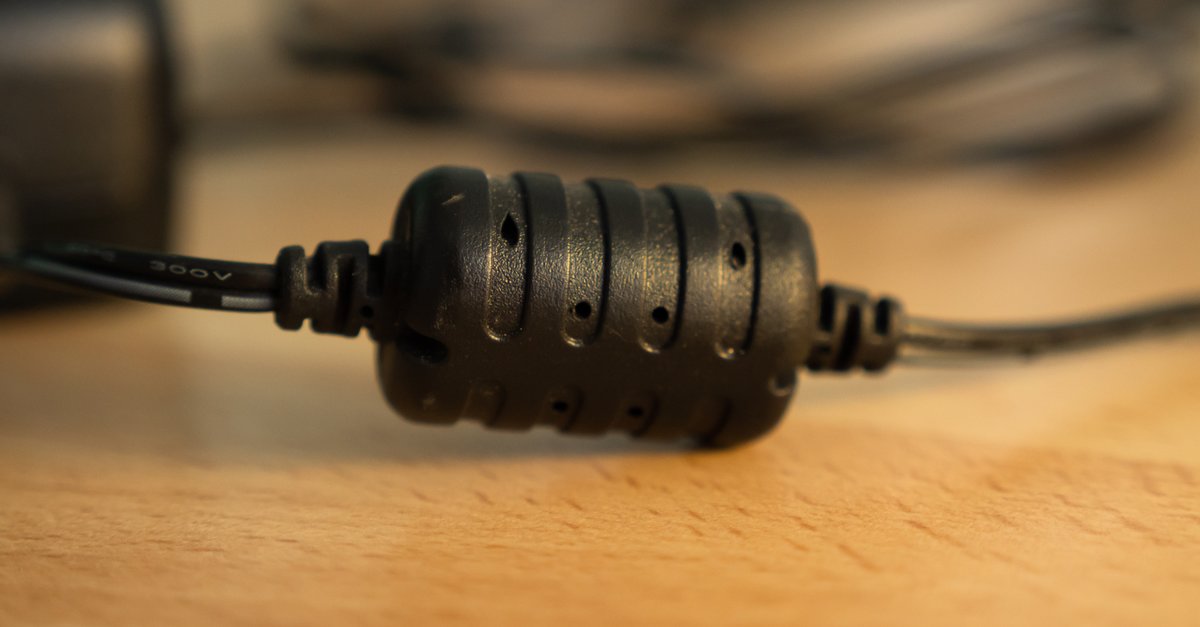That is why the plastic cylinder is so important
Anyone who owns a notebook is probably familiar with this small and somewhat strange-looking plastic cylinder that can be found on the charging cable. Other electronic devices also rely on the knob. But why does this thing exist at all – and what does WiFi have to do with it?
Plastic cylinder on the notebook charging cable: why does it exist?
A cylinder made of plastic can be found on many charging cables for larger electrical devices, but hardly anyone knows its important function in detail. The correct name for the knob is Noise filter or standing wave filter. This already describes its function well. Without the knob, there would be an electromagnetic mess that affects our WiFi, among other things.
Notebooks and other devices ensure during operation electromagnetic waves. If the power cable is connected, these waves are passed on to the environment. Other devices, on the other hand, can be impaired in their function. In everyday life, this can be noticeable with a fault-prone WLAN if it transmits on the same frequency (wavelength).
in the Video: You should definitely consider this before buying a notebook.
How does a noise filter work?
The noise filter or standing wave filter ensures that electromagnetic waves do not propagate any further. That’s what is inside often a ferrite core is installedpicking up the waves. It is advantageous here that the ferrite is a material that is not or barely electrically conductive. Electromagnetic waves no longer have a chance, since the spread is almost stopped. The filters are made of nickel-zinc ferrites or manganese-zinc ferrites, depending on the frequency range of the device.
Noise filters can be found on many, but not all, cables. In everyday life we see the bump especially with USB cables. The sheath wave filter can also be found on VGA, DVI and HDMI cables. Noise filters can also retrofitted to a cable become. In this case one speaks of a snap ferrite. If there are problems with the WLAN, it could make sense to at least try out such a noise filter.



